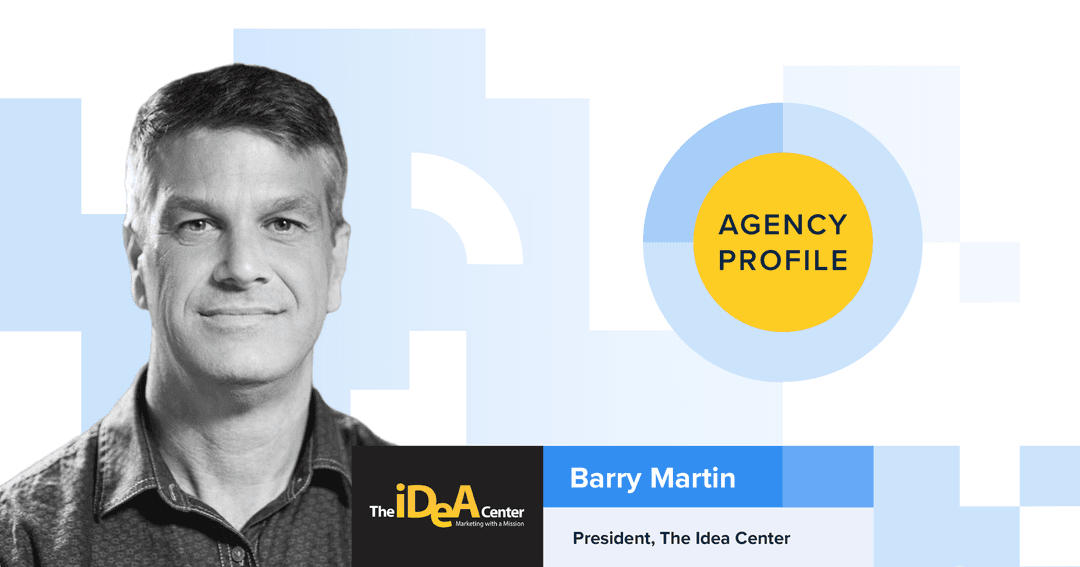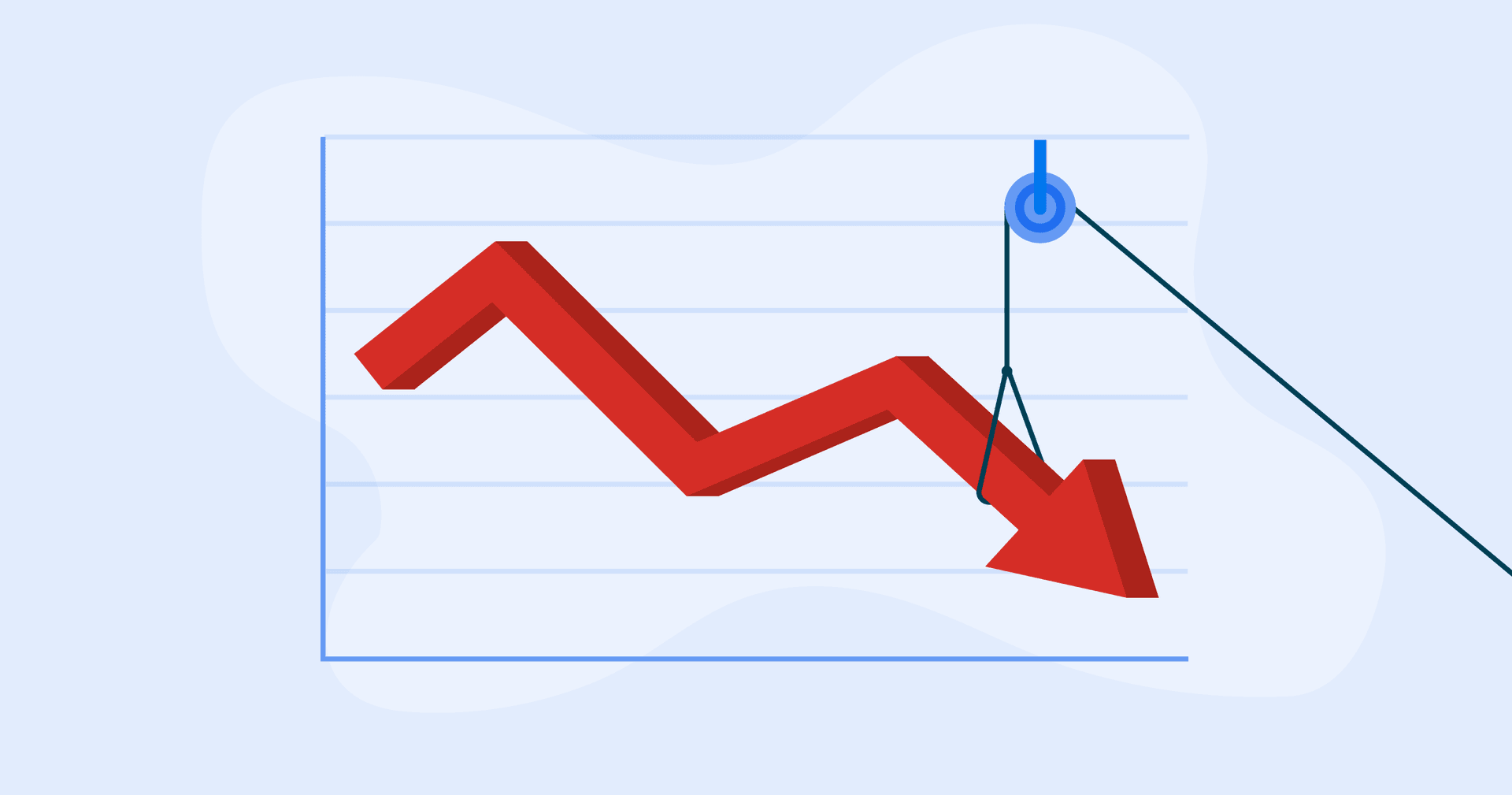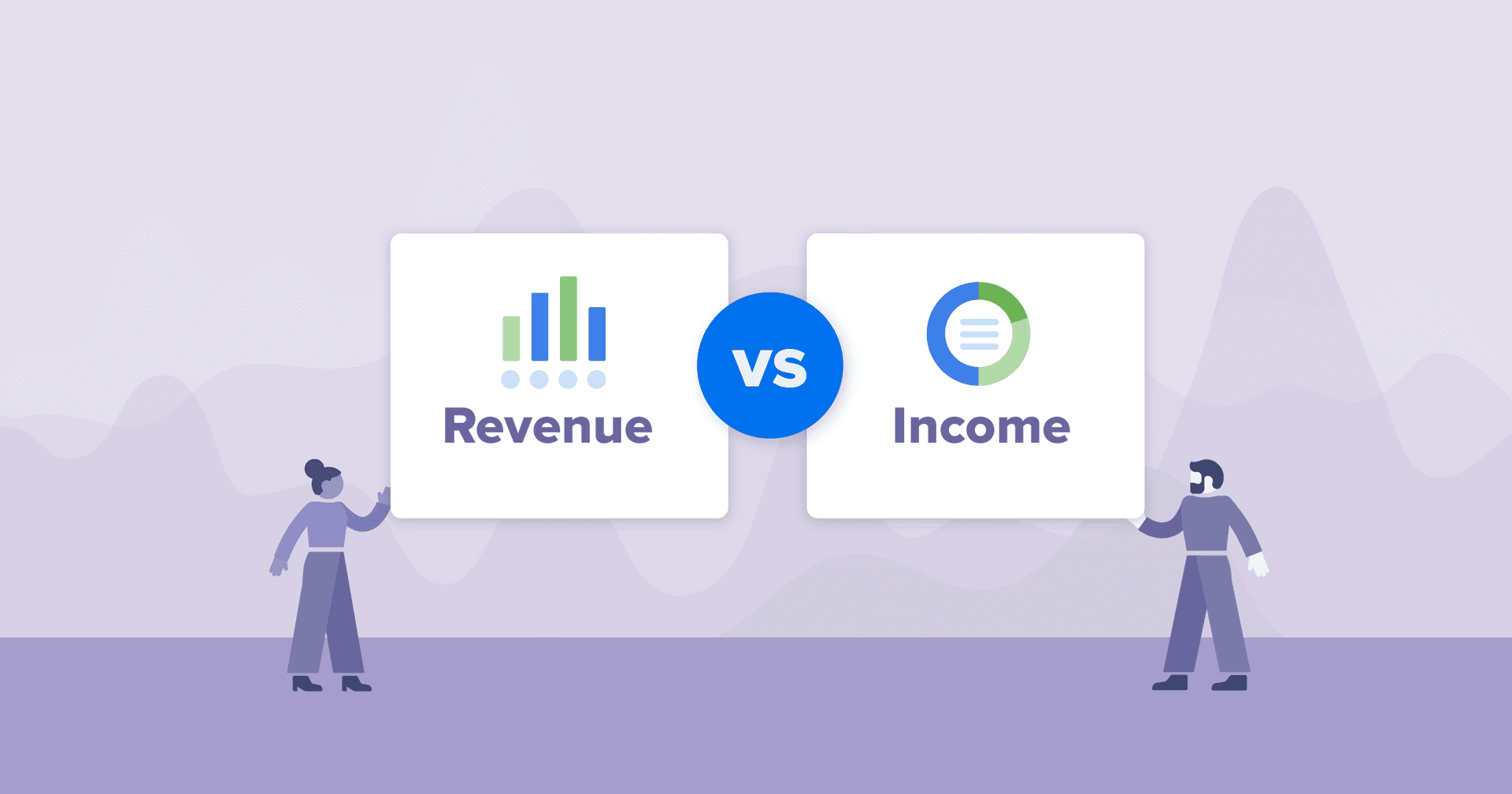Table of Contents
Table of Contents
- Learning Everything the Hard Way
- The Recession That Nearly Took It All
- The Recession-Proofing Pivot That Rebuilt the Agency
- How To Build Predictability Into Unpredictable Times
- Why Data and Client Trust Go Hand in Hand for Survival
- Establishing Agency Culture as a Core Operating System
- Be the Partner Your Clients Can’t Afford To Lose
7,000+ agencies have ditched manual reports. You can too.
Free 14-Day TrialQUICK SUMMARY:
Barry Martin built The Idea Center to survive what most agencies don’t. Learn about his journey through major economic crises and the systems, tools, and client relationships that kept him steady through all of them. From niche balance to performance-based trust, Barry’s story is a blueprint for agency leaders who want to lead like partners, not vendors, and stay relevant no matter what the market does.
In 2008, Barry Martin was on a beach in Málaga, Spain, vacationing with his family and riding high from his best year in business.
Then his phone rang.
“Oh my gosh, have you seen the news?”
The housing market had collapsed. Clients in the construction industry—Barry’s bread and butter—froze spending overnight. Within months, his eight-person agency was down to two. He was drained, in debt, and staring into the abyss.
“I mean, it was terror, honestly,” he says. “I wasn’t really thinking about saving money. I just thought I was going to be growing forever.”
That moment—raw and gutting—became a turning point. It kicked off a years-long transformation that would eventually make his agency, The Idea Center, one of the most resilient agencies in the game.
This is the story of how Barry Martin rebuilt his agency, The Idea Center, from the brink of disaster.
What changed was more than the agency’s client roster or services. It was how the agency worked: the systems, processes, and culture that could take a hit and bounce back stronger.
Name | Agency | Agency Stats | Location |
|---|---|---|---|
Barry Martin | The Idea Center | 10 employees 50 clients Est. 1995 | Richmond, USA |
Learning Everything the Hard Way
Barry Martin’s childhood was a fight for survival.
His dad left when Barry was 10. His mom “checked out” soon after and stopped taking care of her children. By 17, Barry was out of the house for good. He worked to support his younger sister as best he could and figured the rest out as he went.
A career wasn’t the plan. Barry was just trying to build a stable life and stay ahead of the chaos he grew up with.
Barry chased every opportunity he could find, eventually landing a full-time job selling office furniture. Oddly enough, it was there that the spark for creative strategy first appeared.
“I would go into an empty space and picture what it was going to be like when it was complete,” he says.
He didn’t stop at the 9-to-5 grind. Barry enrolled in night classes at a local community college, working his way into the University of Richmond. Though he didn’t have a degree yet, what he had was vision and hustle.
In 1995, that vision got a name: The Idea Center. A professor offhandedly told him to “look into this internet thing,” and Barry listened. He launched the agency with zero clients, zero experience, and a bet on a brand-new medium.
His client acquisition strategy was simple: Target industries with “20, 40, 200 million a year in sales” but no agency relationships and cold-call them to offer his website development services.
Soon, he was handling clients in the construction and industrial sectors—structural steel, plumbing, and, eventually, power generation.
I literally remember people giving me their brochures and saying, "Can you scan this and make it into a website for me?"
Barry Martin, President, The Idea Center
A global energy staffing company asked if he could build a booth for an upcoming trade show. He said yes and offered to work the booth himself. He paid his own way there, showed up early, and it went so well that the client immediately invited him to their next one in Barcelona.
Within a few years, Barry was flying to Madrid, Cologne, and Switzerland for work and trade shows.
Meanwhile, The Idea Center had cemented its position in the agency world, serving the bulk of its clients in the construction industry back home in the U.S.
By 2008, the scrappy kid with survival instincts had harnessed the art of website building, learned how to game Google advertising, and scaled The Idea Center into an eight-person shop.
Barry was standing on the shoulders of everything he’d built from scratch.
Then his phone rang. The housing market had collapsed, Wall Street was spiraling, and construction clients were about to freeze budgets overnight.
The world Barry had built—his team, momentum, and vision—was about to be tested harder than ever.
The Recession That Nearly Took It All
The crash hit fast.
By early 2009, the construction boom fueled by subprime mortgages had vanished.
Budgets dried up, clients pulled back on marketing, projects were delayed and canceled, and Barry had payroll to meet.
I had eight employees at the time and got all the way down to two. Firing people is the hardest thing I’ve ever had to do.
Barry Martin, President, The Idea Center
He remembers sitting across from employees with tears in his eyes, telling them he couldn’t afford to keep them. There wasn’t a plan for this moment. He was leveraged across credit cards, lines of credit, and personal loans.
“I was in my 30s. So, I wasn’t really thinking about saving up money. You know, I felt like I was just going to be growing and growing and growing forever.”
The illusion of perpetual growth was gone. What remained was a brutal few years spent digging out of debt, rebuilding trust, and figuring out how to build something that could take a hit like that and survive.
So, Barry started asking new questions. What kind of clients could ride out a recession? What kind of business model was cushioned against volatility? What kind of agency culture was worth protecting, especially when the next crisis hits?
The Recession-Proofing Pivot That Rebuilt the Agency
After years spent chasing construction and industrial contracts, Barry made a strategic decision: He was done building an agency on top of a sector that had become extremely volatile.
“I needed recession-proof clients,” he says. “Everybody needs marketing. That’s just the truth.”
The answer? Healthcare.
Medical practices don’t stop marketing when the economy dips. People still need dermatologists, cardiologists, eye care, and gastroenterologists. Barry had always been interested in health and science—he admits to being fascinated by biohacking and transhumanism—so the move was more than tactical. It clicked with who he was.
But switching industries is never easy. So, Barry did what he’d always done: He picked up the phone.
I've always been good at cold calling. I think it's one of the hardest things to do, but it's also one of the most rewarding things to do if you can be good at it.
Barry Martin, President, The Idea Center
His first medical client came from a cold call off a magazine ad. The client’s new marketing director picked up and invited him in, and that meeting turned into a 14-year partnership.
“We’re doing their billboards and TV and radio and digital—I mean, we’re doing full-service work for them.”
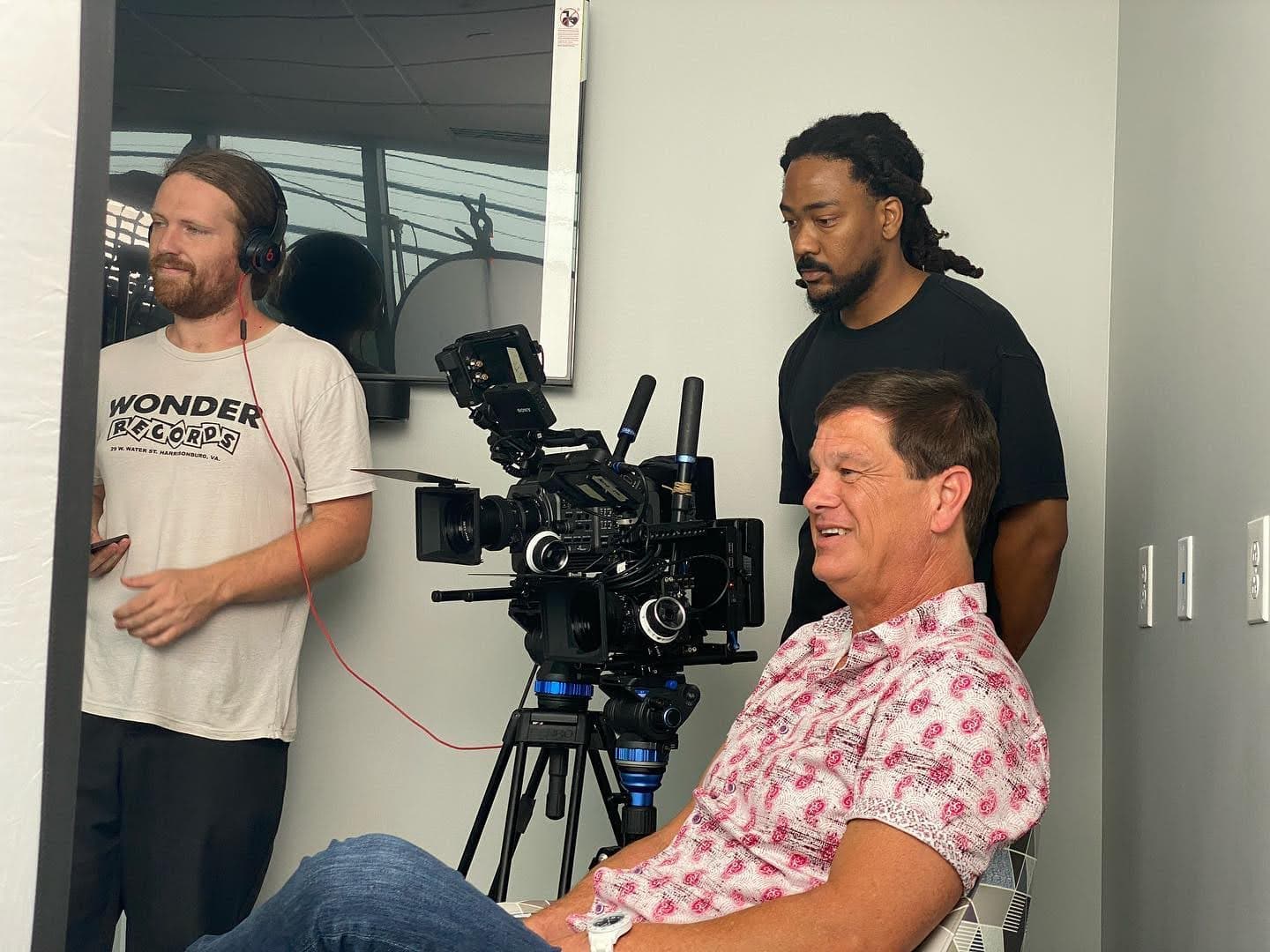
Barry Martin and his team at a campaign shoot for Feel Better RVA, a pain care clinic in Richmond, Virginia. (Credit: The Idea Center/Instagram)
That one name gave him a foothold. Through the power of referrals, he started picking up more healthcare clients. He made sure to focus on one client per specialty to avoid conflicts.
Today, medical clients make up most of The Idea Center’s business. The agency builds websites, manages SEO and digital marketing campaigns, designs and places billboards, and shoots video content for websites, TV commercials, corporate videos, and more.
Behind the scenes, Barry also started building a stronger financial cushion: No more razor-thin margins or sleepless nights trying to make rent.
How To Build Predictability Into Unpredictable Times
Barry is always prepared for the next downturn. He has no illusion that things will always remain stable.
After the 2008 crash, he promised never to run an agency without a financial buffer. Stashing three to four months of payroll in the bank gives him time to make smart decisions if revenue slows down. It also gives his team a sense of security when other agencies start cutting costs.
He also changed how he manages the agency’s client mix. He didn’t walk away from construction or power. He still works with those industries. But now, he doesn’t depend on them.
He included healthcare and non-profit clients to bring in steadier, year-round work. Medical groups still need to generate leads regardless of market conditions. That work gives the agency a consistent baseline, even when capital projects pause or trade shows disappear.
We call what we do “marketing with a mission.” Working with medical and non-profit clients allows us to create effective marketing tools and make a huge difference in people’s lives.
Barry Martin, President, The Idea Center
A balance of clients gave him more control. If one industry slowed down, another one would carry the load. He didn’t rely on any single vertical to keep the agency running.
That structure proved its value again in 2020. When COVID hit, the economy froze, and in-person events disappeared overnight. With the trade shows The Idea Center handled no longer being an option, Barry’s power sector clients pulled back.
However, his medical accounts kept moving. That mix gave him the breathing room to stay steady, keep his team intact, and avoid reactive cuts.
Barry compares his client mix to a wheel.
You want the spokes to be even on the wheel. So one spoke, you're not going to roll very well. The more spokes you can have on the wheel, the smoother the ride is going to be.
Barry Martin, President, The Idea Center
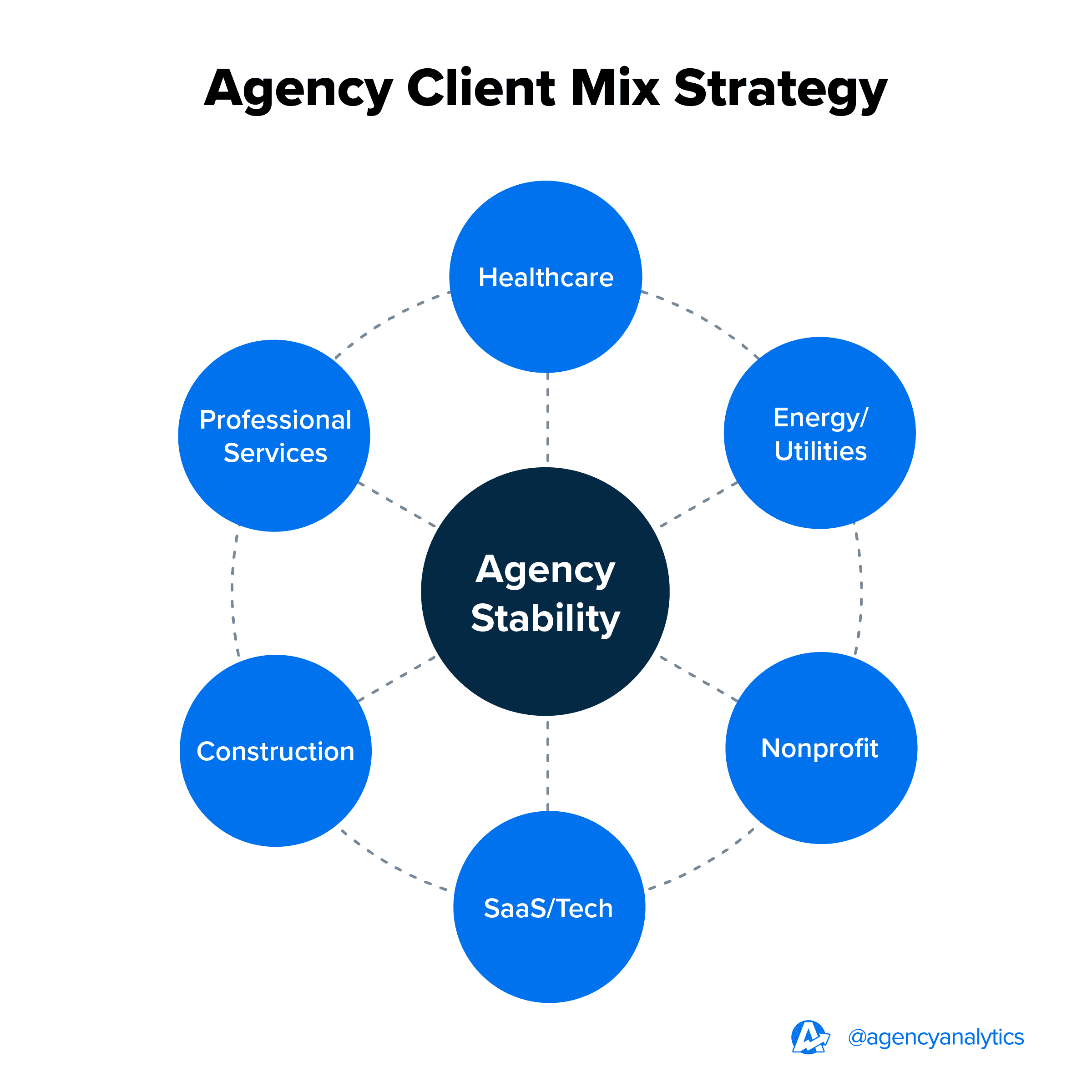
Barry doesn’t wait for clear signs of trouble. He watches client campaign performance closely using AgencyAnalytics. If lead volume drops or campaign performance slips, he starts taking action.
This way, he doesn’t scramble when the pressure hits. He already knows what to do.
Why Data and Client Trust Go Hand in Hand for Survival
Beyond selling websites, advertising, or SEO services, what Barry really sells is proof. And that proof comes from the systems he’s spent the last decade refining.
AgencyAnalytics has been a cornerstone of that system since 2014.
Barry uses the platform to walk into every meeting ready to discuss results. Before every pitch presentation, he runs a Rank Tracker report on the prospect’s keywords. He shows up knowing what’s working, what’s not, and where the client stands in the market.
“I've already filled out my Rank Tracker to show my prospect how many searches are being done for their terms and where they rank.”
He uses the same approach with another key tool, GTmetrix. He plugs in a site, runs a speed test, and gives clients a clear view of how their digital presence stacks up.
Barry doesn’t walk into rooms hoping to earn trust. He walks in already holding it.
The data helps The Idea Center acquire and retain clients in the long term. Barry’s agency operates on a monthly payment basis—even for clients who’ve been with him for over a decade. That model only works because the data is transparent.
What do people want more than anything? They want proof that what they’re doing is working.
Barry Martin, President, The Idea Center
And when it isn’t working, Barry doesn’t hide from it. One of his long-term clients told him he wants to see the bad news, too. He wants the truth, not spin.
“That’s so refreshing,” Barry says. “It’s not like, if things go bad, it’s your fault. No—we can be number one on Google, but if the economy crashes and people aren’t spending, we can’t control that.”
What Barry can control is performance. What he can show is growth. And what he’s built is a system where clients trust the process because they see the numbers behind it.

Show the numbers. Build trust. Use AgencyAnalytics to prove what’s working before clients even ask. Start your free 14-day trial today!
Establishing Agency Culture as a Core Operating System
After years of chasing success and experiencing the ups and downs of the markets, Barry’s business mindset has changed. He admits to meeting too many business owners with money but no purpose. That shook him. He stepped back and asked a harder question.
“Growing up literally with nothing, I always thought money was the answer,” Barry admits. “And as I built my business and met these miserable millionaires, I was like, OK, ‘What is this all for? What am I doing?’”
Today, his client roster includes a nonprofit that houses 400 people experiencing homelessness, pediatric surgeons who operate on kids in developing countries, and CASA programs that help children find safe homes.
We’re not just building a website. We’re keeping people from going blind. We’re helping homeless people find a safe home. We’re helping kids find loving homes.
Barry Martin, President, The Idea Center
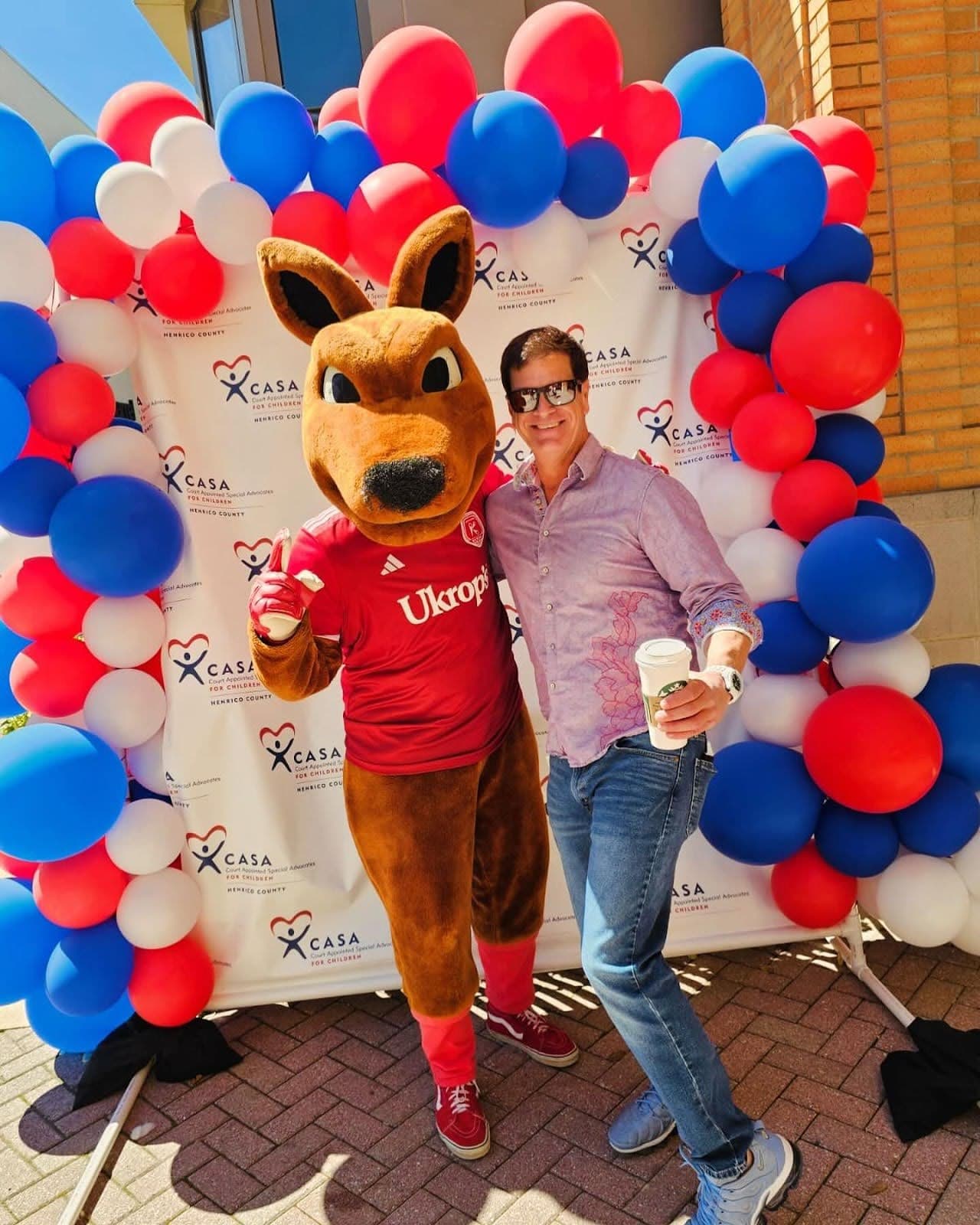
Barry Martin shows his support for CASA’s Home For Good campaign, which helps hundreds of kids in Henrico County, Virginia, find safe homes. (Credit: The Idea Center/Instagram)
Barry wanted his agency team culture to reflect that same level of care, so he built a team-first workplace from the ground up.
He pays 100% of employee health, dental, and vision insurance and offers a 3% retirement match. His team works 8 a.m. to 4:30 p.m., Monday through Friday. There are no late nights, no weekend hustle, and no bonus points for burnout.
“If I’ve ever worked more than a 40-hour week, I don’t remember doing that,” he says.
Barry wants employees who feel supported, respected, and clear on what they do best. That’s why he adopted CliftonStrengths assessments.
Developed by Gallup, the tool identifies each person’s top strengths—strategic thinking, relationship-building, execution—and helps them understand how to work in a way that feels natural.
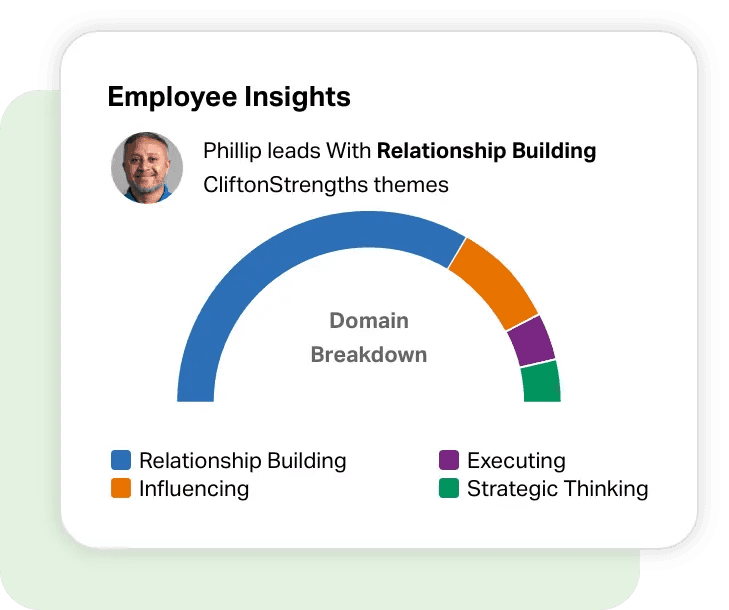
Credit: Gallup/CliftonStrengths
After one of his clients recommended the assessment, Barry had his entire team take it. The goal was to help his team members understand what they already do well and build around it to foster better collaboration.
What CliftonStrengths tells you is to focus on what you do well and then surround yourself with other people who complement what you do.
Barry Martin, President, The Idea Center
The results showed how different everyone was. And that made him proud.
“Politically, religiously, lifestyle—very different. Which I love.”
Barry doesn’t treat company culture like a soft concept. He treats it like a core system. If the team works, the agency will remain resilient.
Be the Partner Your Clients Can’t Afford To Lose
Every agency looks steady when business is strong. Crises reveal who brings real value.
When things get tough, clients keep the relationships that help them make decisions under pressure. They stay with partners who focus on results. They listen to people who lead with clarity and show up prepared.
Be a partner, not a vendor. If you're a vendor, you're easy to get rid of. If you're a partner, it's very hard to get rid of you.
Barry Martin, President, The Idea Center
When the economy shifts, most agencies scramble to prove they matter. They rush to justify retainers, flood clients with metrics, and start reacting instead of leading.
The agencies that stay afloat have already built client trust. They don’t have to defend their work because their utility is clear with every report and every conversation.
The agencies that prove their value before the crisis are the ones still standing after it.

Written by
Francois Marchand brings more than 20 years of experience in marketing, journalism, and content production. His goal is to equip agency leaders with innovative strategies and actionable advice to succeed in digital marketing, SaaS, and ecommerce.
Read more posts by Francois MarchandSee how 7,000+ marketing agencies help clients win
Free 14-day trial. No credit card required.


